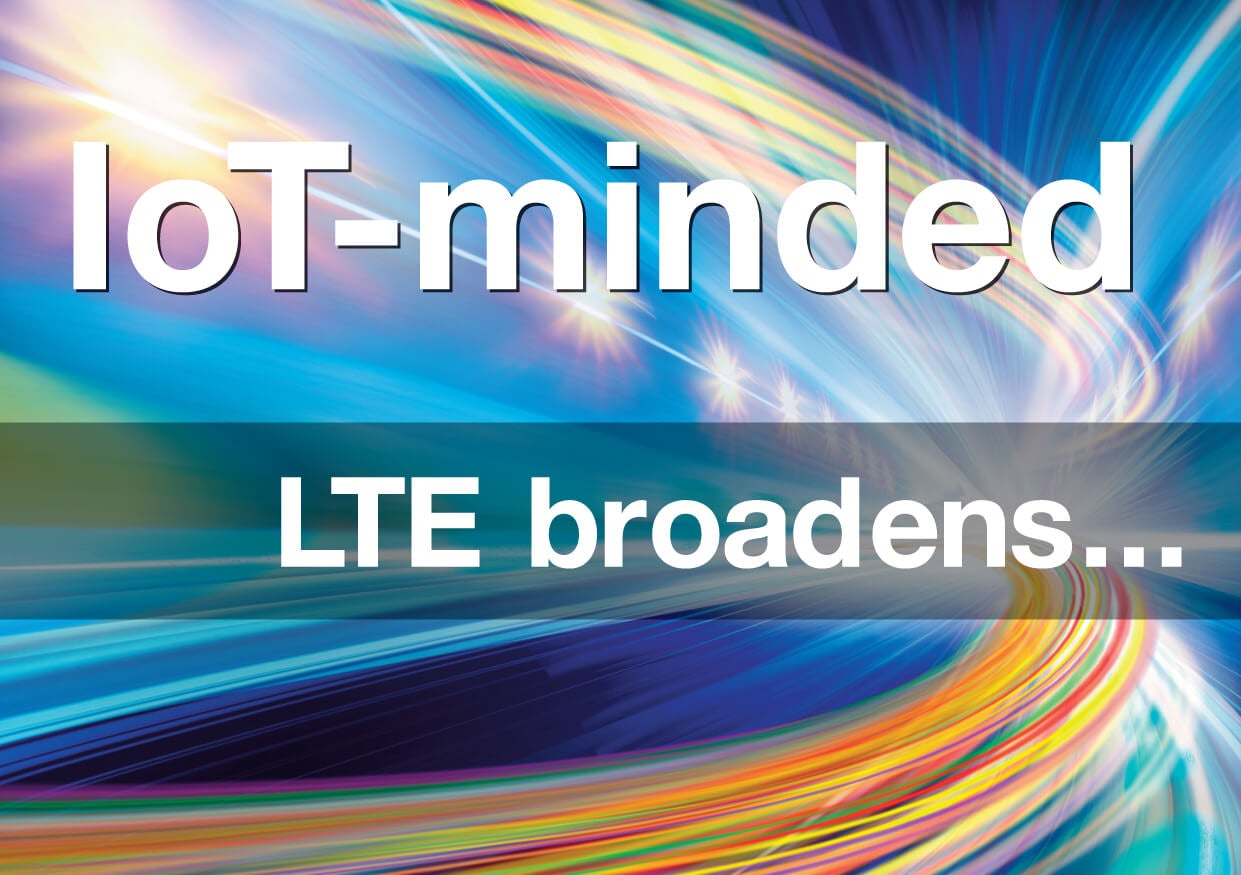IoT-minded LTE broadens
With the speed in development of technology, telecommunications and IoT, efficiency has become the key word. Every product and new solution must capitalise on how efficient it is saving money and effort, but most importantly of all speed.
This is a very basic requirement that consumers and producers alike require today and will quickly dismiss any new innovation as inferior if it is lacking in quick connectivity. The new standard of speed is known as LTE – Long Term Evolution – which incorporates 3G and is rapidly and surely reaching 4G.
More commonly LTE is used in telephones and computers for Internet and telecommunications networks. Encompassing most of this traffic LTE had, until now, been specifically targeting these purposes but it is now starting to look beyond this. The latest direction comes for IoT, which has been industrialising quickly and with certainty, requiring strong support systems to reflect its needs.
A recent example of how providers have accepted the challenge of IoT-aimed LTE is Skyworks, a semiconductor manufacturer. In the first week of January they introduced front-end solutions that are specifically modified for embedded cellular connectivity needs of IoT and M2M (machine to machine) devices. The tweaked features consist of low power usage and connectivity while remaining as dependable and secure as the traditional version.
Skyworks’ Vice President of Sales and Marketing, Carlos Bori, has said in an interview that “leading cellular network operators are announcing plans to enable the latest IoT standards on their networks in 2017.” This is positive news for IoT-oriented businesses that will need similar advancements to enable the powering of devices.
While Dashboard would like to acknowledge the great innovation of Skyworks, we would at the same time like to state that this is only the tip of the iceberg. As predicted, 2017 will surely have much to offer for IoT and its professionals. Nevertheless this front running solution for connectivity marks the first step of IoT-specific LTE connections.
